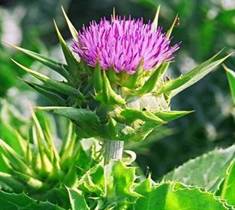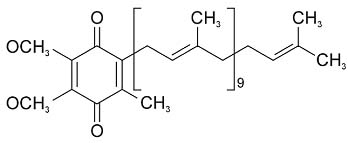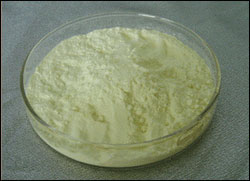| 70~80% /DAB10 -HPLC | |||||||||||
|
Milk Thistle (Silybum marianum, Carduus marianus)
Description:
Milk thistle has been used most commonly for the treatment of liver and gallbladder disorders for over 2,000 years. A flavonoid complex called silymarin can be extracted from the seeds of milk thistle and is believed to be the active ingredient.
Claims:
Safety:
Caution if allergic to plants in the aster family (Compositea, Asteraceae), daisies, artichoke, common thistle or kiwi. Use cautiously with diabetes. Avoid if pregnant or breastfeeding.
Possible side effects:
Anaphylactic shock, appetite loss, gas, decreased blood sugar levels, diarrhea, headache, heartburn, itching, impotence, joint pain, stomach upset.
Possible interactions:
Drugs broken down by the liver, drugs used to control blood sugar levels, phenytoin, cancer drugs (doxorubicin, cisplatin and carboplatin), and herbs or supplements with similar effects (like Aloe vera, American ginseng, bilberry, bitter melon, burdock, fenugreek, fish oil, gymnema, horse chestnut/horse chestnut seed extract (HCSE), marshmallow, milk thistle, Panax ginseng, rosemary, Siberian ginseng, stinging nettle or vitamin E.).
Dosing:
Milk thistle is often standardized to contain 70-80% silymarin.
Adults (18 years and older):
Silymarin 230-420mg has been used daily, divided into 2-3 doses (up to 8000mg daily has been used but safety is not known). 160-480mg has been used daily in silybin equivalents.
|
|||||||||||
Introduction
More Products





